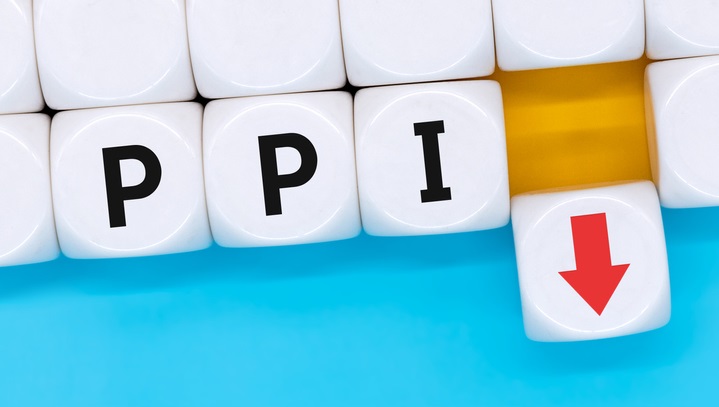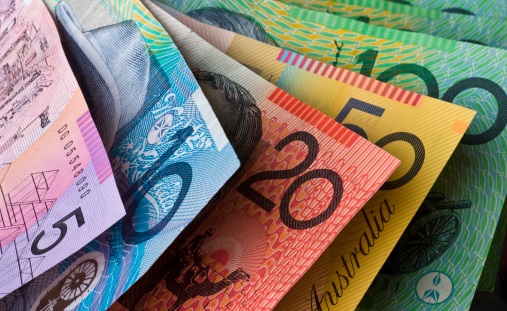The US PPI number came in lower than expected causing the US dollar index to give back all its weekly price gains and stocks to rise as hopes that the FED will pullback from aggressive rate hikes during the next policy meeting.
Producer prices for final demand in the US dropped 0.5 percent from a month earlier in December 2022, following a revised 0.2 percent gain in November and compared with market expectations of a 0.1 percent fall.
Importantly it was the largest monthly decline since April 2020, adding to signs that inflationary pressure in the world’s largest economy is cooling.
Goods prices were down 1.6 percent, led by a 7.9 percent slump in energy cost and, to a lesser extent, a 1.2 percent fall in food prices.
On the other hand, service prices edged 0.1 percent higher, due to increased margins for final-demand trade services. On an unadjusted yearly basis, the PPI increased 6.2 percent in December, the least since March 2021.
Today we also saw the release of Retail Sales data from the United States economy, which was not so positive for the US economy, however, this number is very volatile.
Retail sales in the US declined 1.1% month-over-month in December 2022, following an upwardly revised 1% drop in November and worse than forecasts of a 0.8% fall.
Sales at gasoline stations recorded the biggest decrease (-4.6%), followed by furniture stores (-2.5%), motor vehicle dealers (-1.2%), electronics and appliances stores (-1.1%), miscellaneous (-1.1%) and nonstore retailers (-1.1%).
In contrast, sales were up 0.3% in building materials and garden equipment stores (0.3%) and sporting goods, musical instruments, and book sellers (0.1%). Sales at food and beverage stores were flat.
Retail sales are not adjusted for inflation and part of the decrease in December can be explained by a fall in goods prices during the month and a holiday shopping that was pulled forward into October.
However, excluding sales at gasoline stations, sales were down 0.8%, in another sign of a weaker-than-expected holiday shopping and a slowdown in consumer spending amid high inflation and interest rates.




